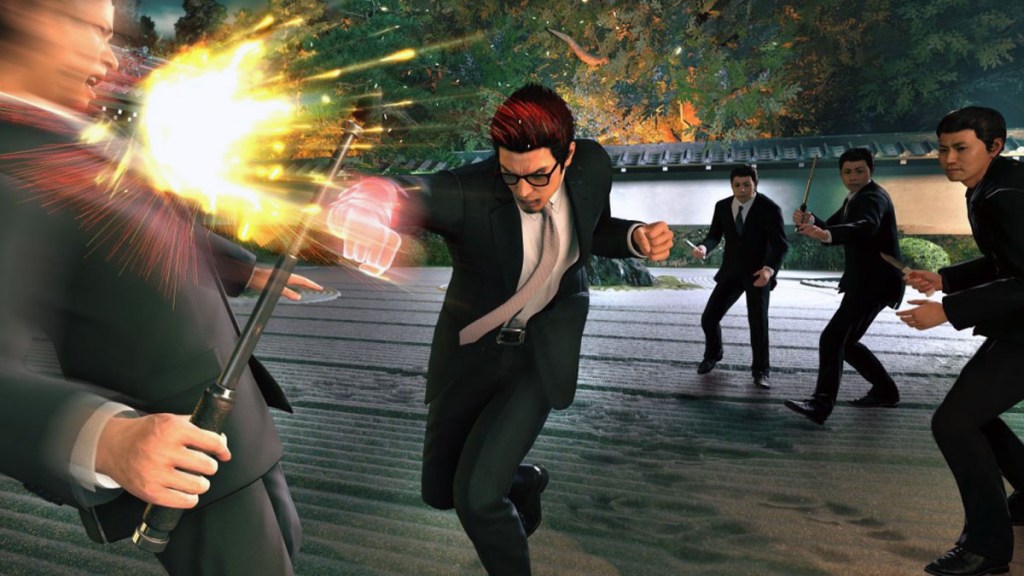PC players will be glad to know Like a Dragon Gaiden supports DLSS, which gives a significant boost to FPS to those using Nvidia GPUs. However, the game also allows you to use DLAA, which uses deep learning to enhance image quality without the downsampling used by DLSS. Unfortunately, you have to pick one or the other, and we’ll look at which one you should use.
Like a Dragon Gaiden DLSS vs. DLAA: Which should I use?
The argument about whether to use DLSS or DLAA in Like a Dragon Gaiden is analogous to whether you should use the graphics or performance setting on console. If you’re using a low-end system, you’ll want (or need) to use DLSS to increase framerate to playable levels.
However, the recommended system requirements for Like a Dragon Gaiden are relatively low:
- OS: Windows 10 1903 (OS Build 18362)
- Processor: Intel Core i7-4790, 3.6 GHz or AMD Ryzen 5 1600, 3.2 GHz
- Memory: 16 GB RAM
- Graphics: NVIDIA GeForce RTX 2060, 6 GB or AMD Radeon RX 5700, 8 GB or Intel Arc A750, 8 GB
- DirectX: Version 12
- Storage: 98 GB available space
If your PC exceeds the above specs, then you can start thinking about whether to use DLAA instead of DLSS.
While many can’t tell the difference without a direct side-by-side comparison, DLSS does lower a game’s visual quality. The image is generated from a lower resolution, and some detail is inevitably lost in the upscaling process. So, if you have a PC that can run the game at your desired framerate, resolution, and graphics settings without DLSS, you’re better off not using it. If you have horsepower to spare, you should use DLAA for the best image quality possible.
Note that you’ll need to have an RTX 20-series or newer card to use DLAA or DLSS. If you don’t, the settings won’t be available in-game.







